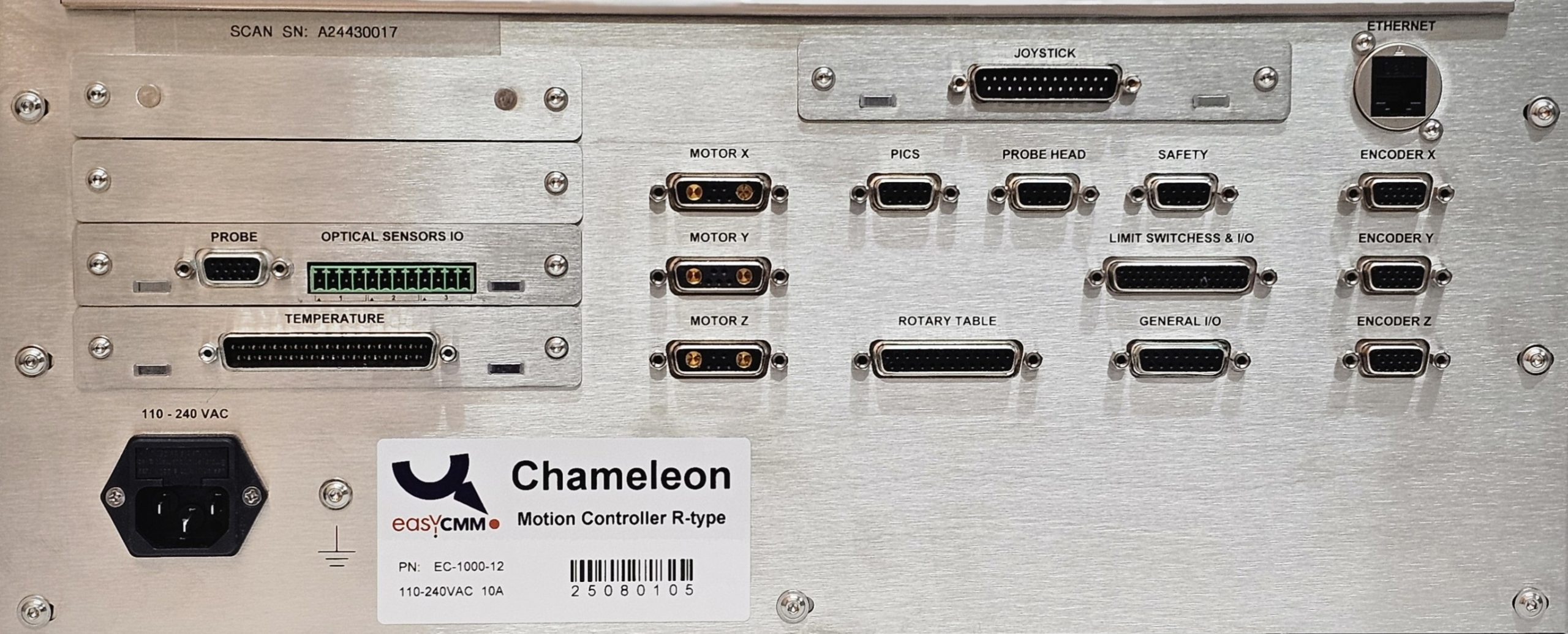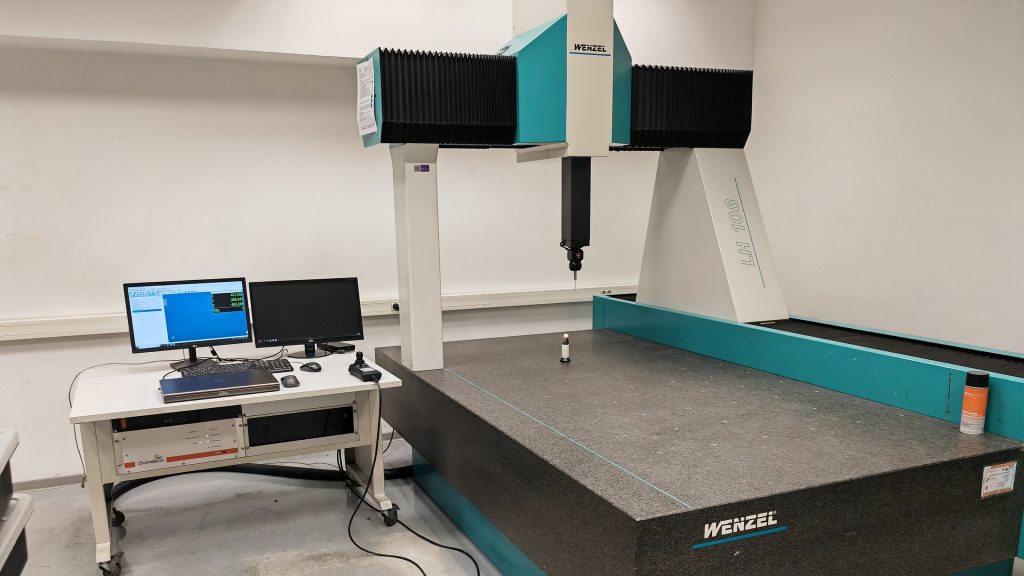Rethinking CMM Retrofits – Why Native Compatibility Matters
CMM controller failures remain one of the most disruptive events, production halts and suddenly manufacturers face decisions that will impact operations for years to come. For decades, the available alternatives: OEM-led retrofits, I++ controllers or full machine replacement, have shaped how the industry thinks about retrofit feasibility. Technological developments are creating new possibilities that challenge this traditional framework.
Understanding the Traditional Retrofit Paths
 Full Machine Replacement: Modern CMMs offer advanced features, improved accuracy, and reliable performance for years to come. These machines come in various configurations, including touch probes, scanning probes, and optical laser scanners. But investing in a new CMM is a significant expenditure, facing weeks of downtime and requires calibration after installation. It is always worth questioning whether controller failure truly justifies replacing everything when your frame, part programs, inspection software and operator knowledge are lost, unless you buy a new CMM from the same vendor, preserving CMM vendor exclusivity and captivity.
Full Machine Replacement: Modern CMMs offer advanced features, improved accuracy, and reliable performance for years to come. These machines come in various configurations, including touch probes, scanning probes, and optical laser scanners. But investing in a new CMM is a significant expenditure, facing weeks of downtime and requires calibration after installation. It is always worth questioning whether controller failure truly justifies replacing everything when your frame, part programs, inspection software and operator knowledge are lost, unless you buy a new CMM from the same vendor, preserving CMM vendor exclusivity and captivity.
OEM Retrofit: A retrofit performed by the original manufacturer benefit from deep machine knowledge and guaranteed software combability, but they remain structurally limited, as they maintain single-vendor dependency and captivity, tie users to specific software ecosystems, and typically require mandatory inspection software upgrades that adds a significant cost. Manufacturers should understand they’re entering a long-term relationship along with predetermined costs and limited flexibility.
Retrofit with a Generic I++ Controller: Generic controller solutions such as Renishaw’s UCC retrofit package or Pantec Eagle, involve replacing the machine’s core electronics with standardized controllers and I++ communication protocol software. These retrofits offer some flexibility in software choices but require giving away the existing inspection software (eg. PC-DMIS, Calypso, Mcosmos) and rewriting existing inspection programs, which may required an enormous work. The I++ communication protocol used by these controllers often limits or downgrades advanced inspection software functionality. Licenses for I++ client connections are typically required and can be expensive. In most cases, rewiring the machine is necessary, and a full CMM calibration must be performed afterward, turning the retrofit into a time-consuming and costly process.
The question for manufacturers is whether these trade-offs truly support long-term operational needs, or simply replace one set of limitations with another.
The Emerging Alternative – Advanced Plug & Play Controllers
Advanced controller retrofits designed to maintain native connectivity with existing CMM hardware and full compatibility with established inspection software.
Key characteristics of this approach include:
Native Software Compatibility: These controllers communicate with inspection software using the same protocol as the original system, eliminating the need for software migration, I++ servers, or middleware. Full functionality is retained in PC-DMIS, Calypso, MCOSMOS, and other platforms.
Hardware-Level Integration: Back-panel variants replicate the original controller’s connections, allowing Plug & Play installation without rewiring or electrical modification. This reduces risk, simplifies retrofit, and enables predictable installation timelines.

Continuity of Part Programs: Because the controller behaves like the original system at both hardware and protocol levels, existing part programs run immediately, without conversion, re-validation, or editing.
Reuse of Existing Error Map: The ability to import the machine’s existing error-map, eliminating the need for a full error-mapping of the machine, requiring verification only, while leaving the error-map unlocked for editing
Future-Ready Architecture
Controllers are future-ready, for touch probes, scanning probes, optical probes, laser scanners and more, with high sampling rate and high accuracy.
EasyCMM’s Perspective
From experience working with manufacturers and retrofitters worldwide, this category of retrofit has matured into a practical and reliable alternative. As controller electronics age while mechanical structures continue to perform well, solutions that preserve compatibility while modernizing capability make economic and operational sense.
The EasyCMM Chameleon controller was built specifically around the philosophy of:
- True native compatibility,
- Zero rewiring,
- Immediate program continuity,
- Reuse of existing calibration, and
- One-day CMM return to production.
The model represents the next stage in CMM retrofit technology. It offers an alternative to both the constraints of OEM ecosystems and the limitations of generic I++ controllers, combining high functionality with minimal disruption, and giving manufacturers genuine independence in how they maintain and extend their CMM assets.
For CMM owners seeking to preserve value, avoid downtime, and retain full control over their equipment choices, native-compatibility controllers provide a compelling path forward.
For more information: www.easycmm.com








